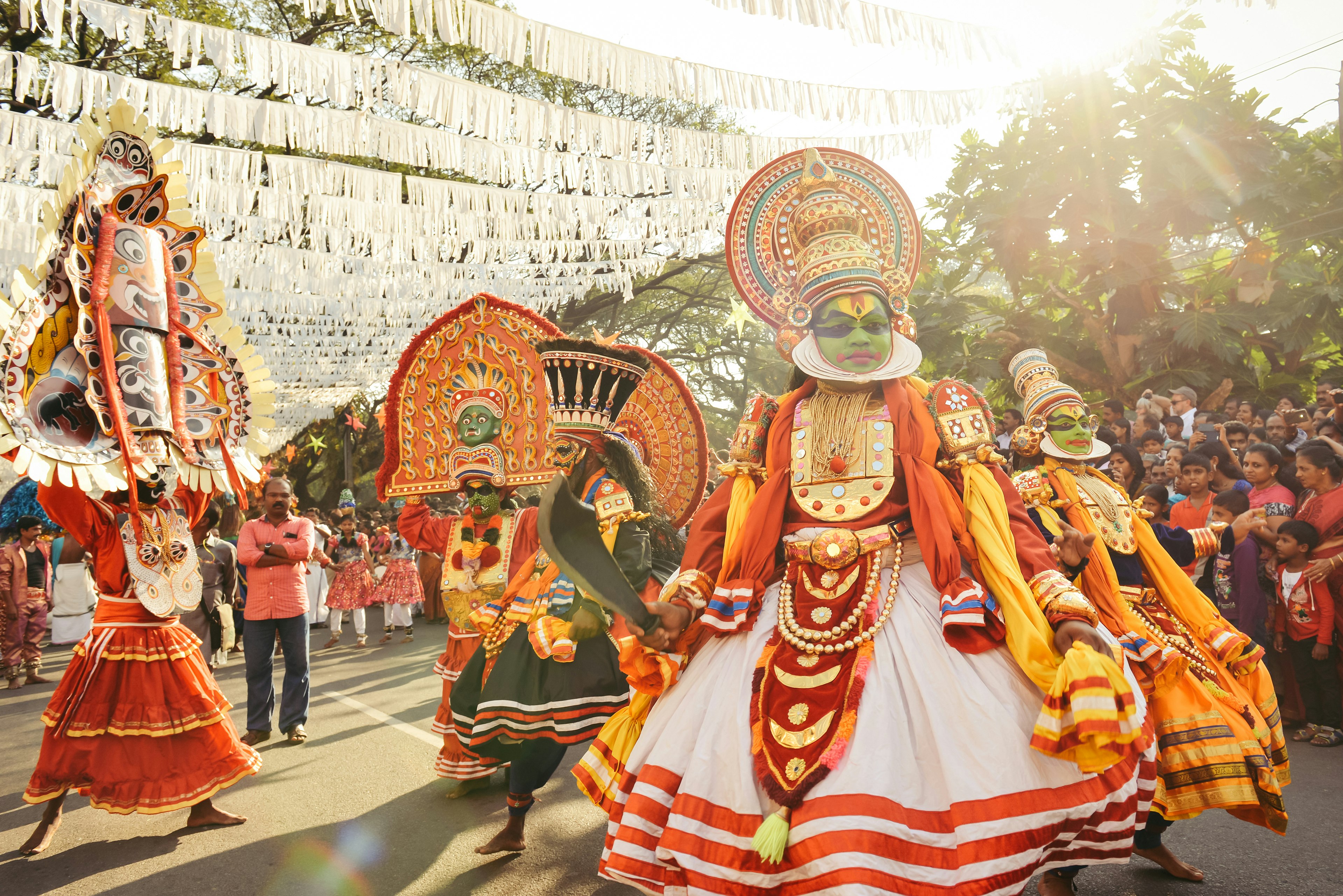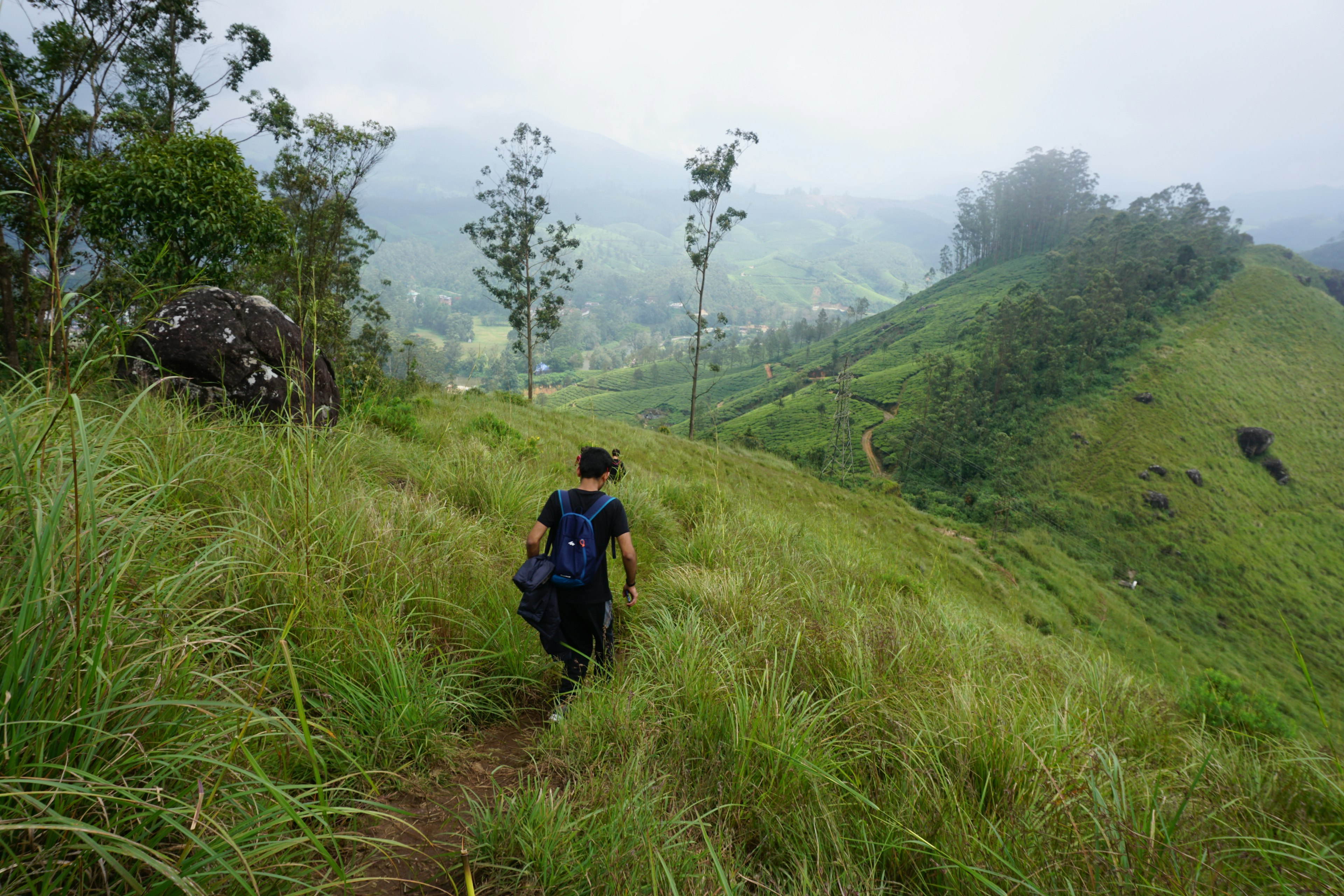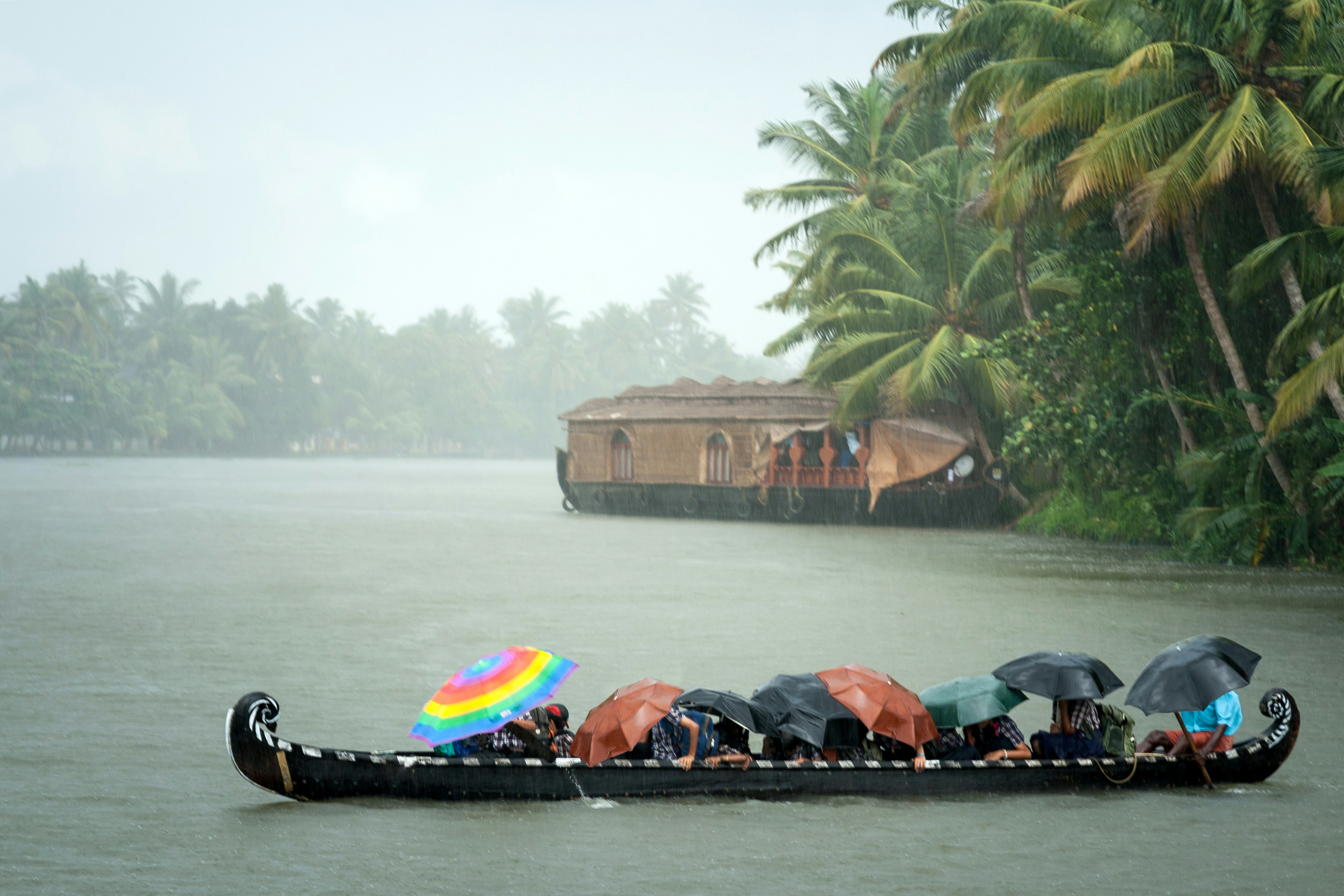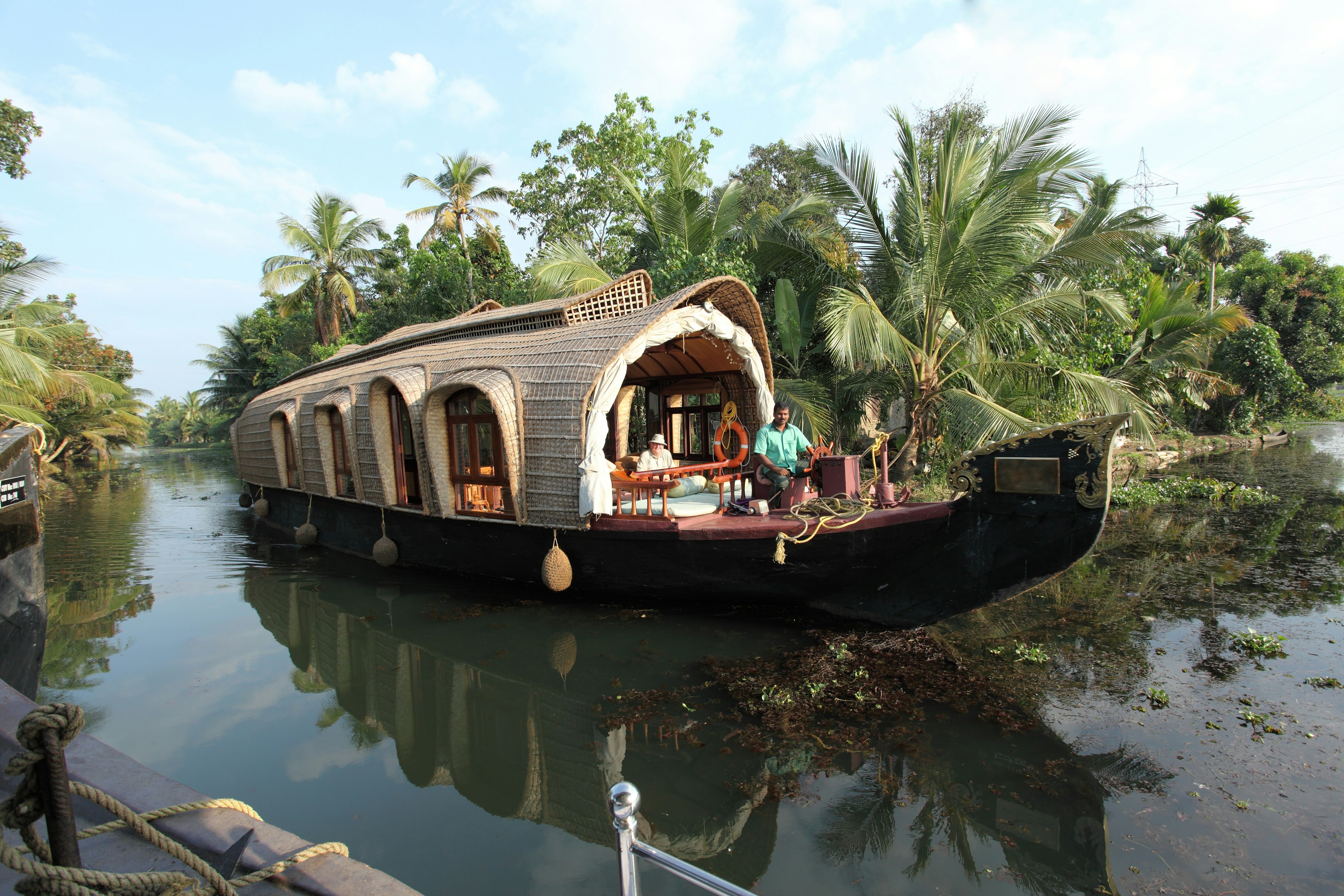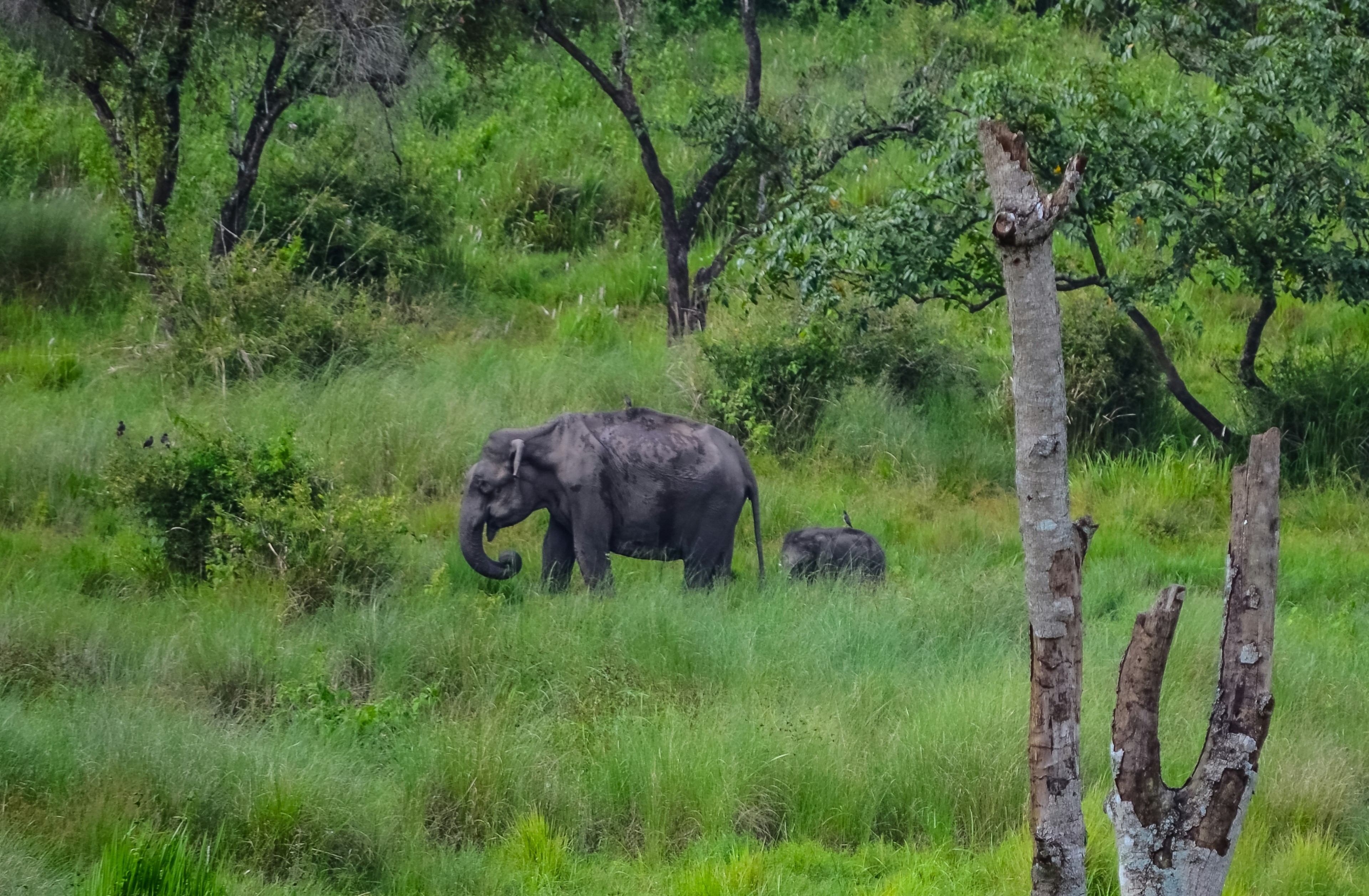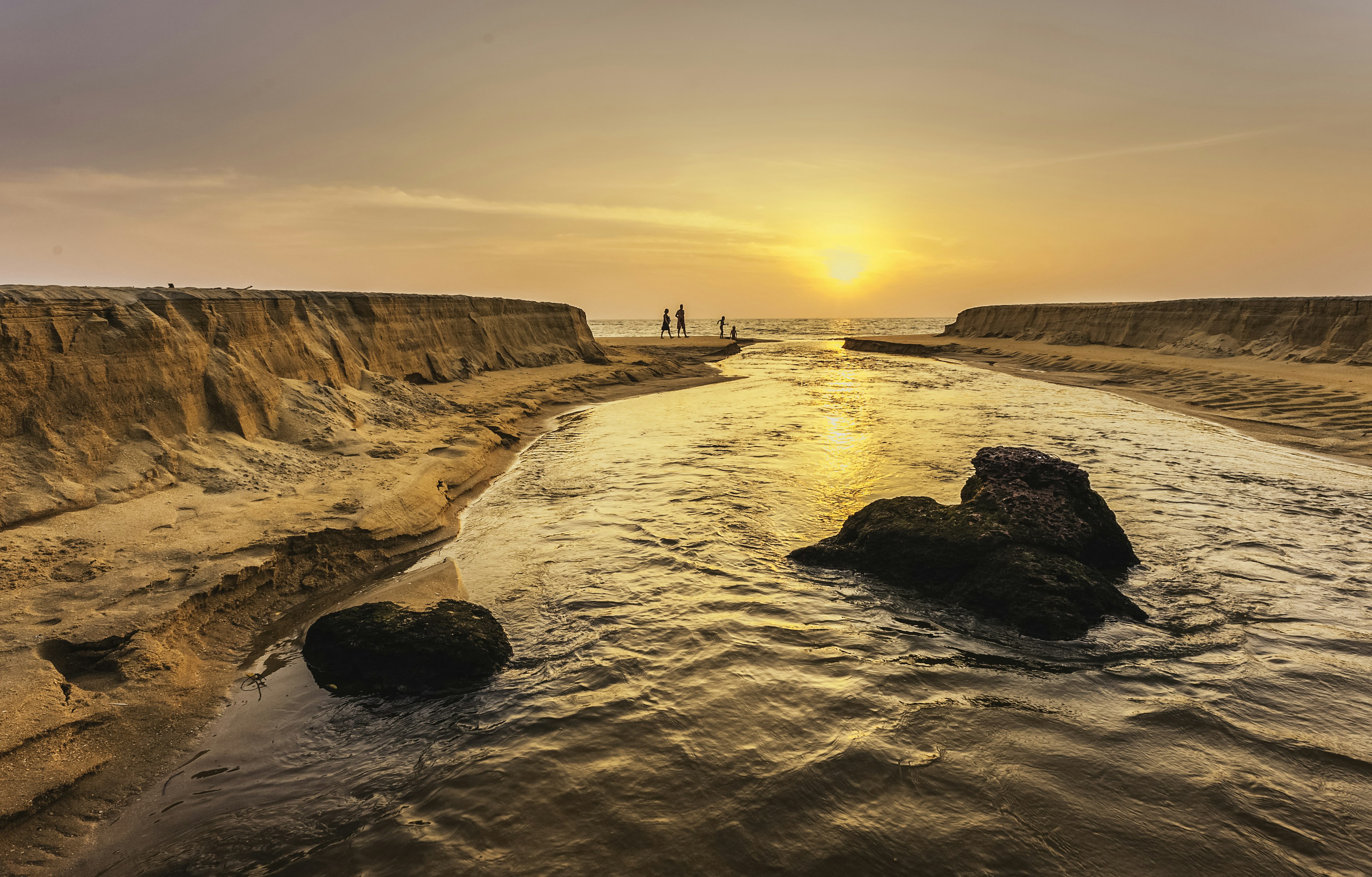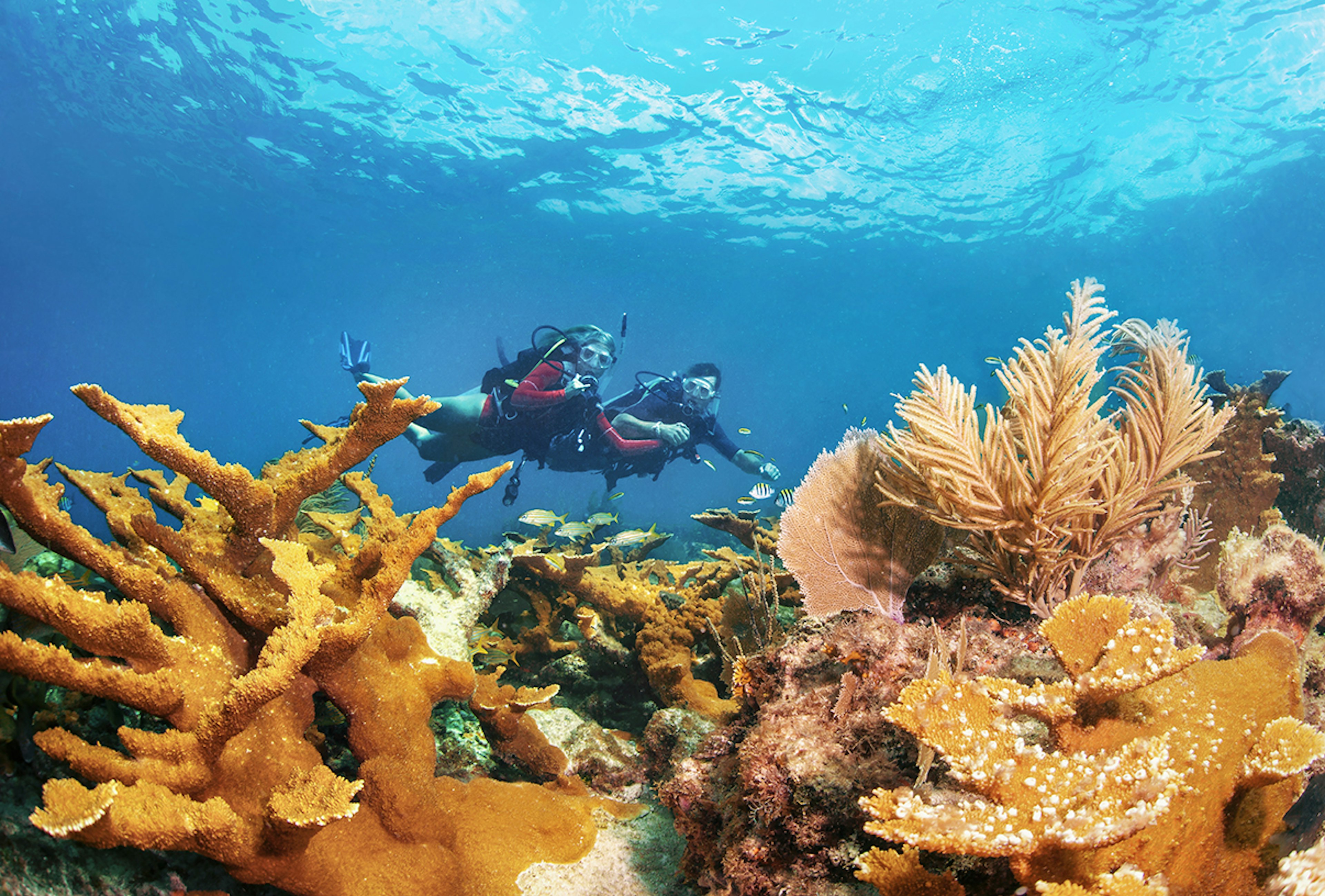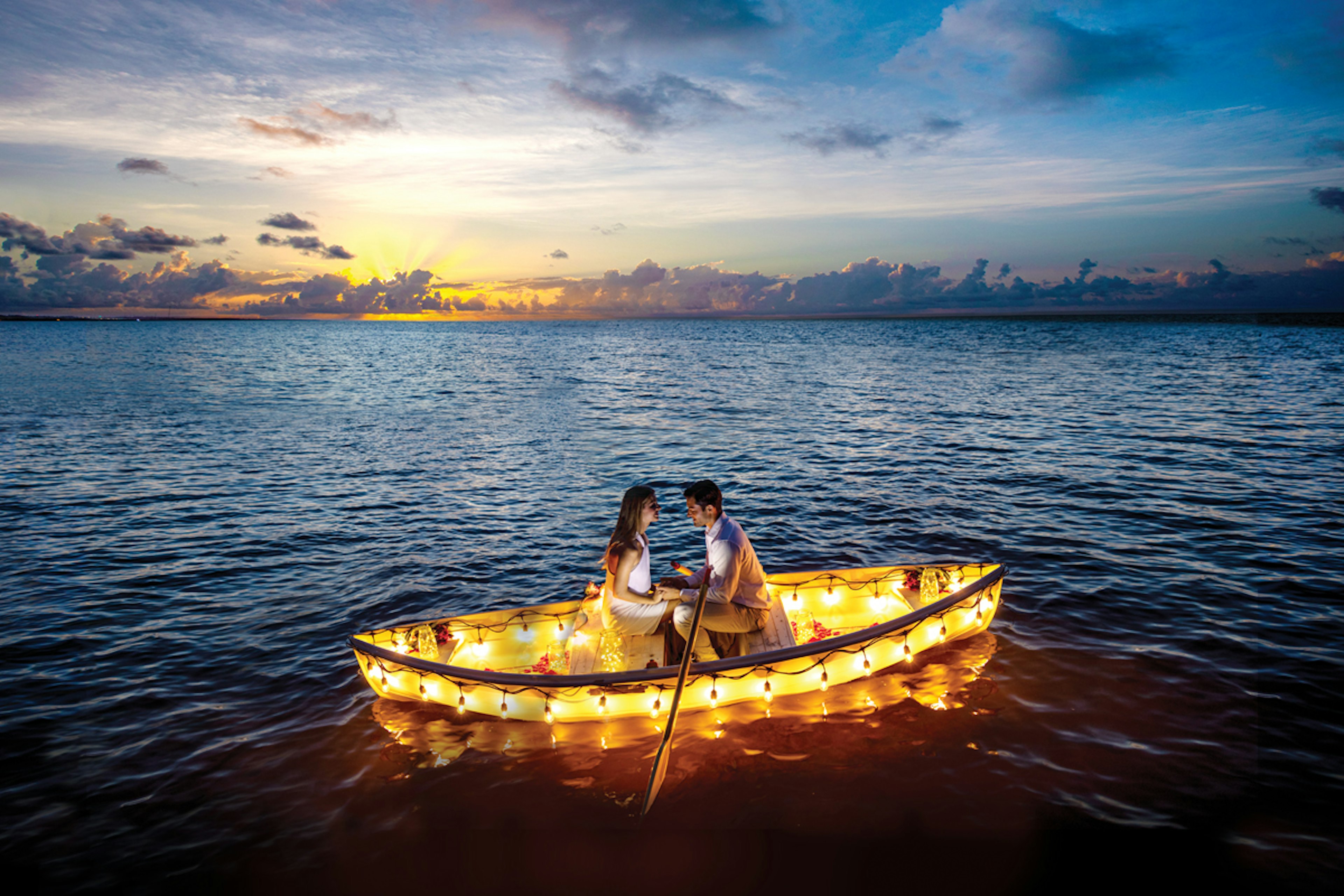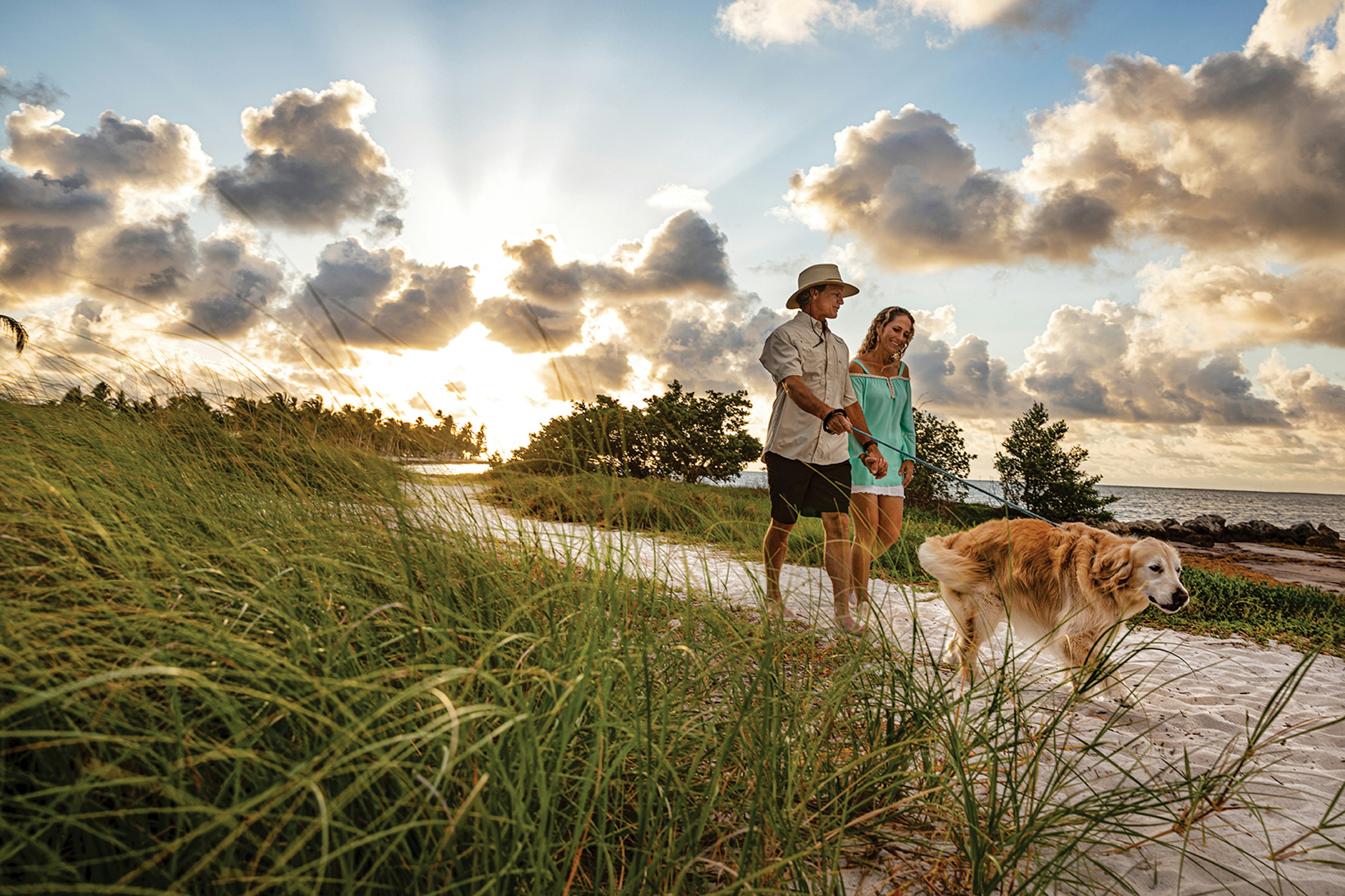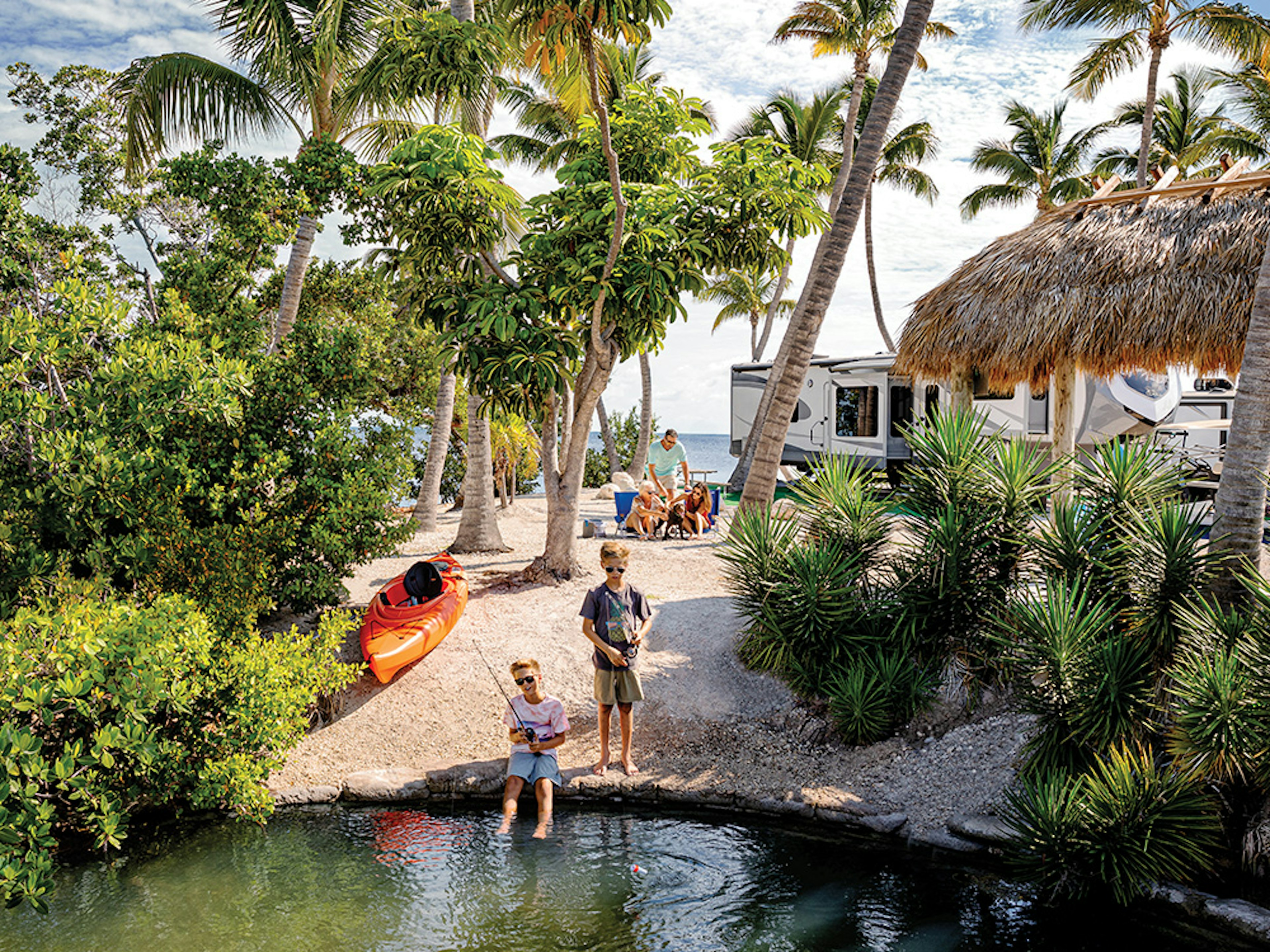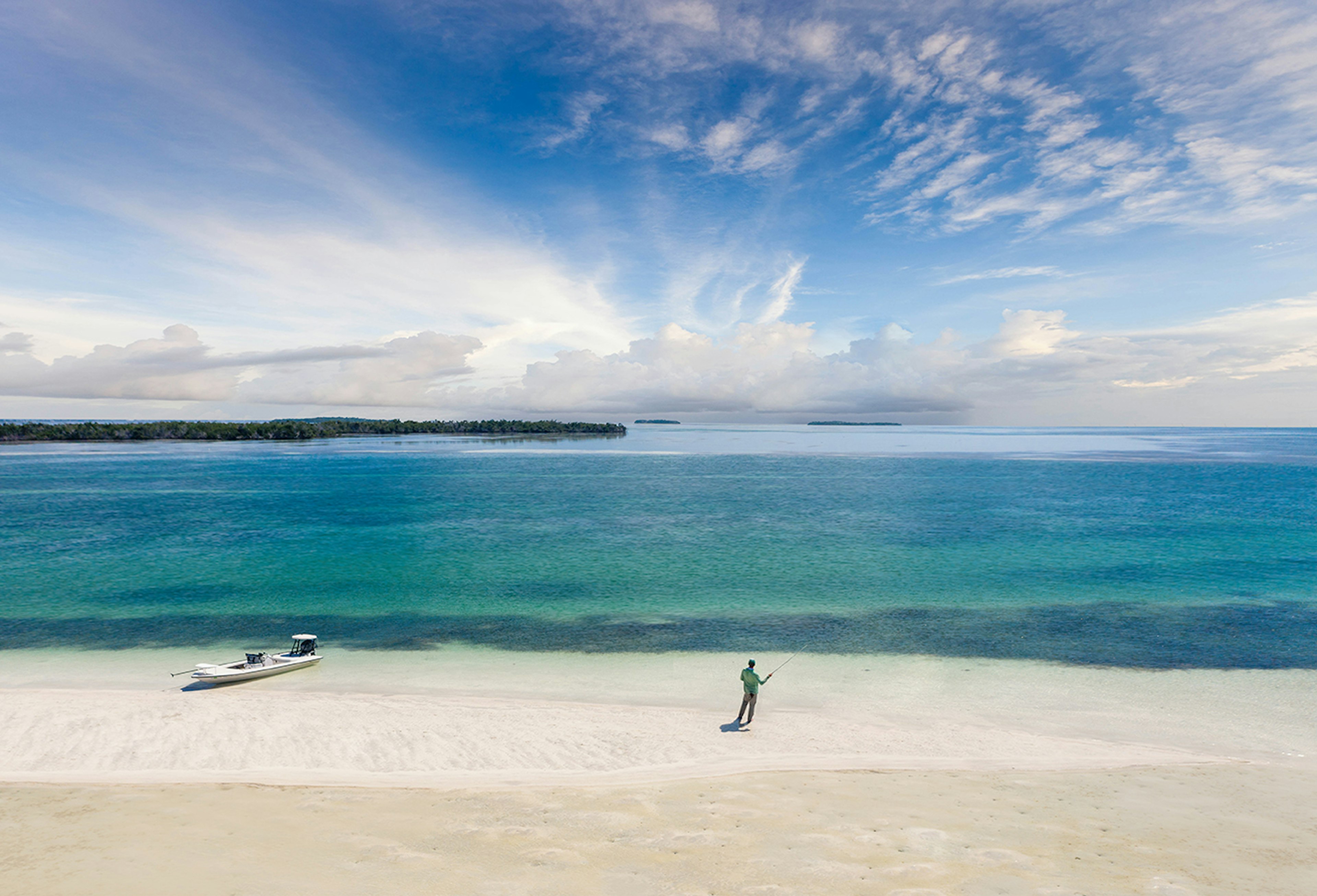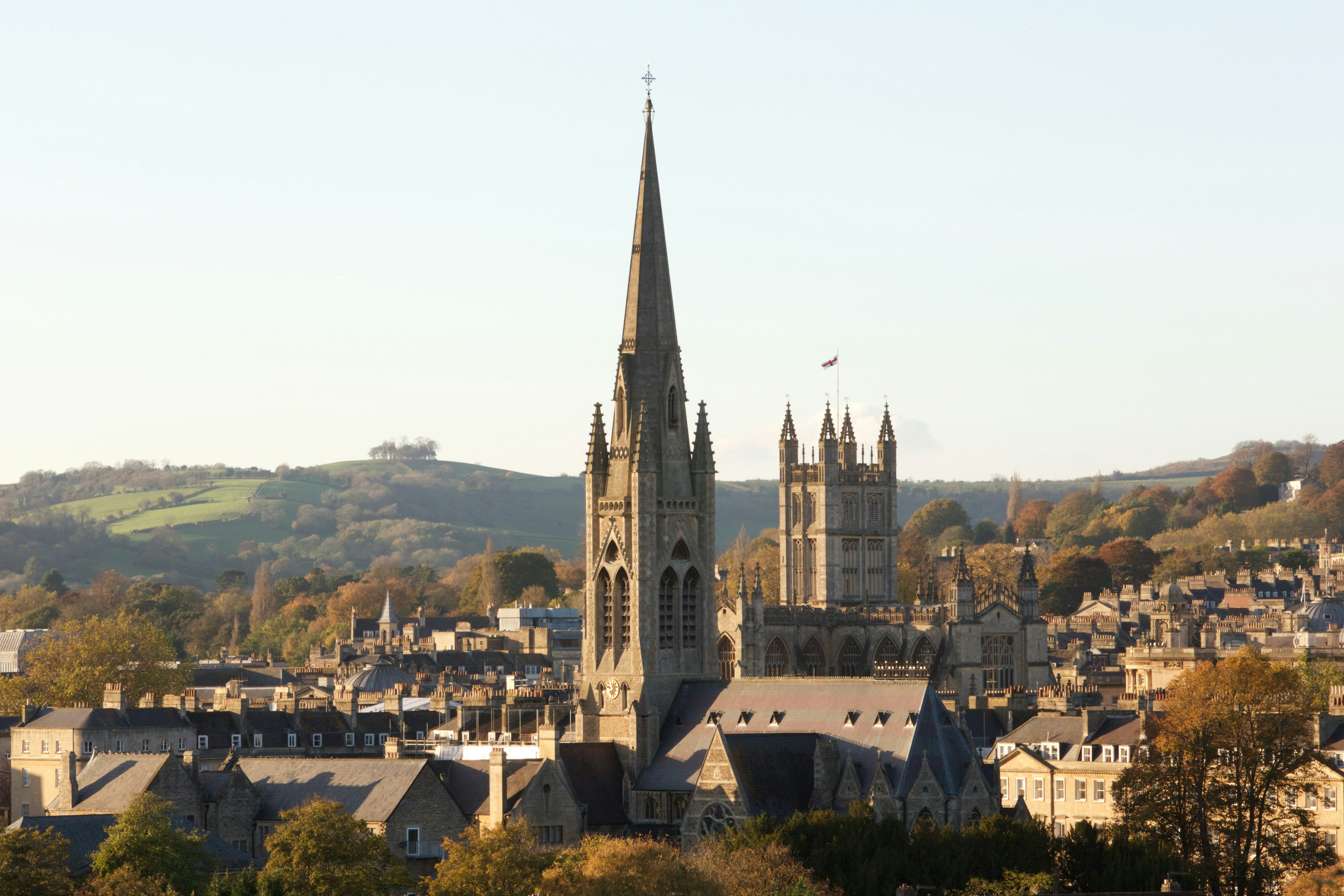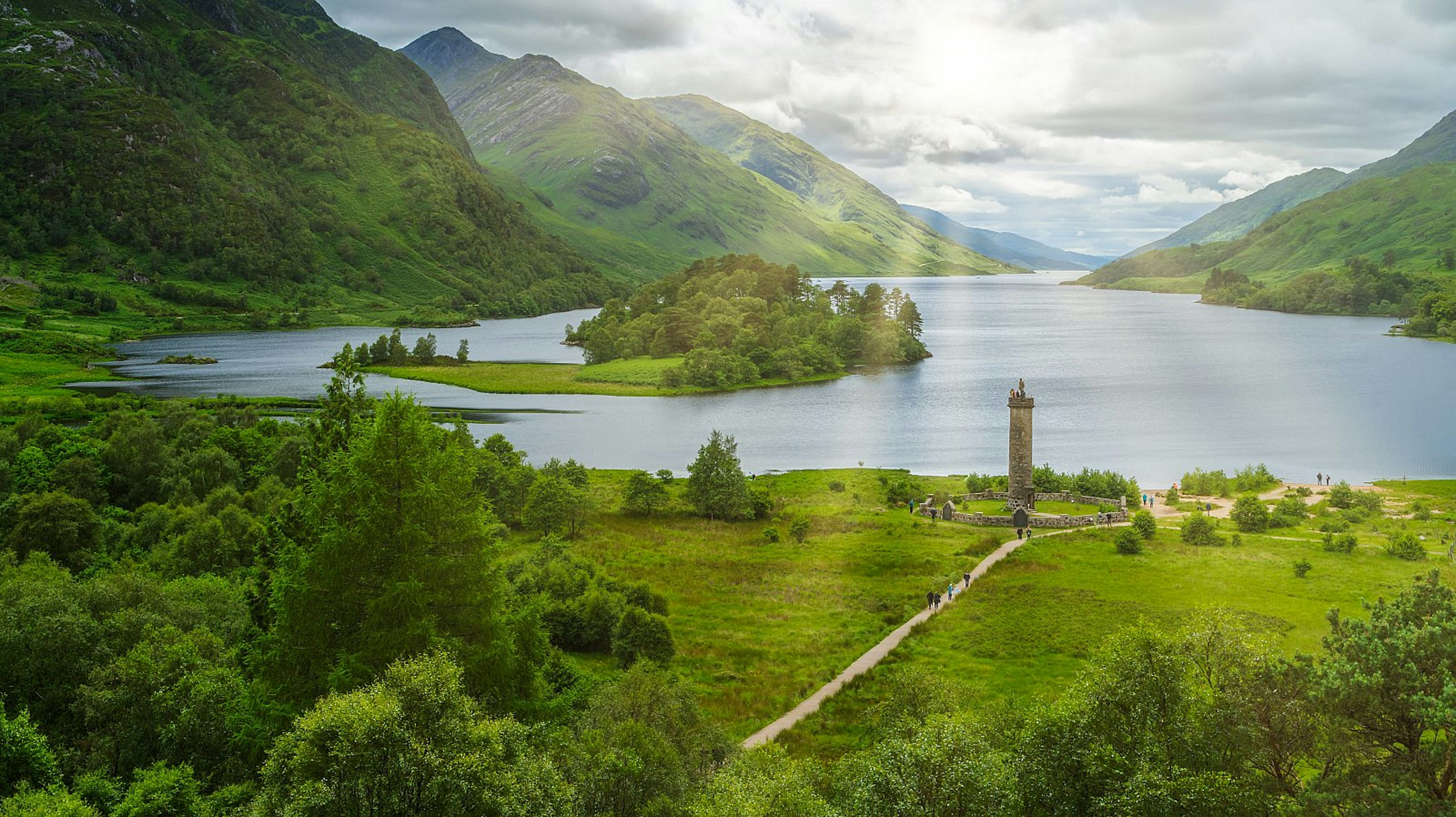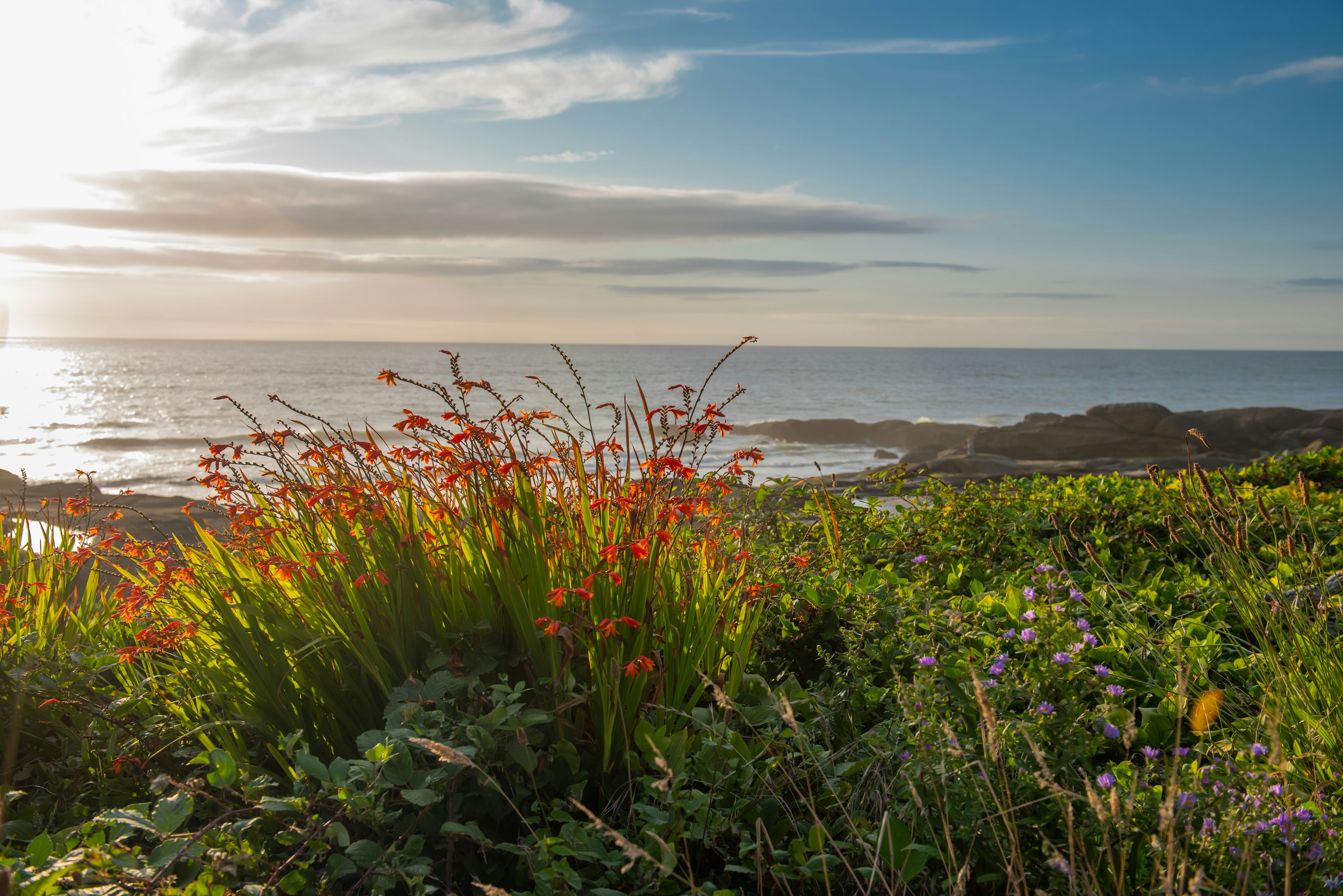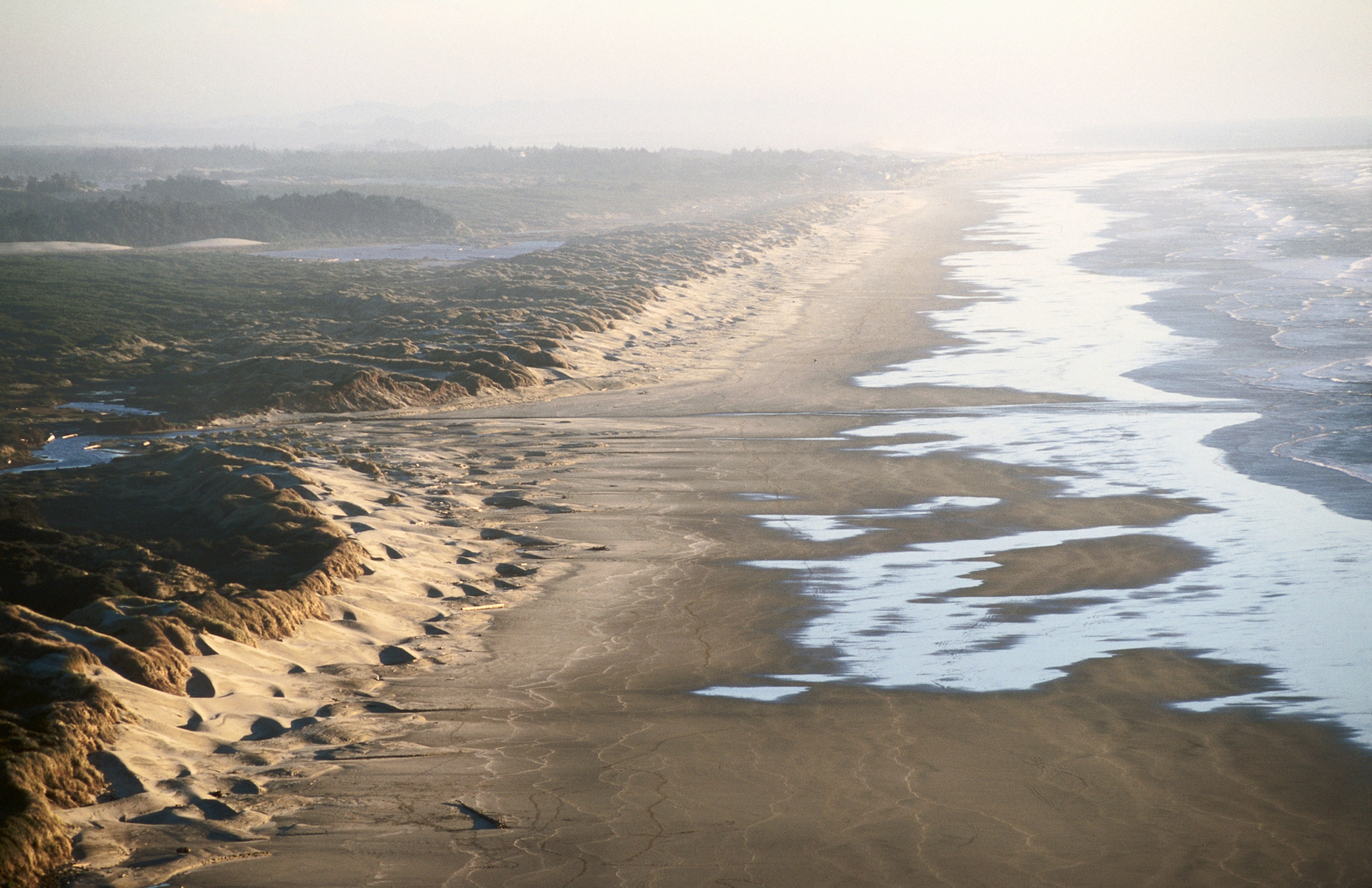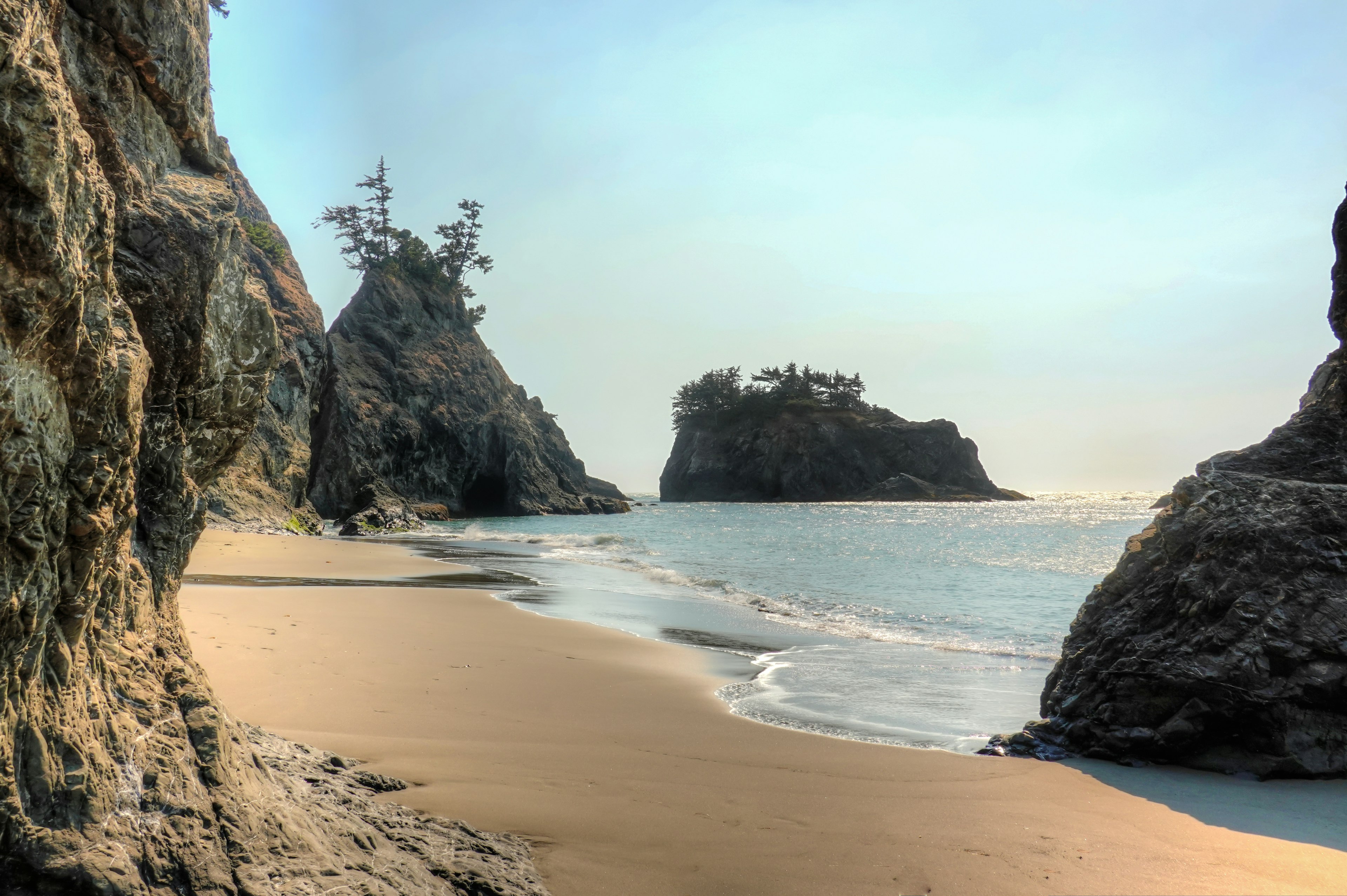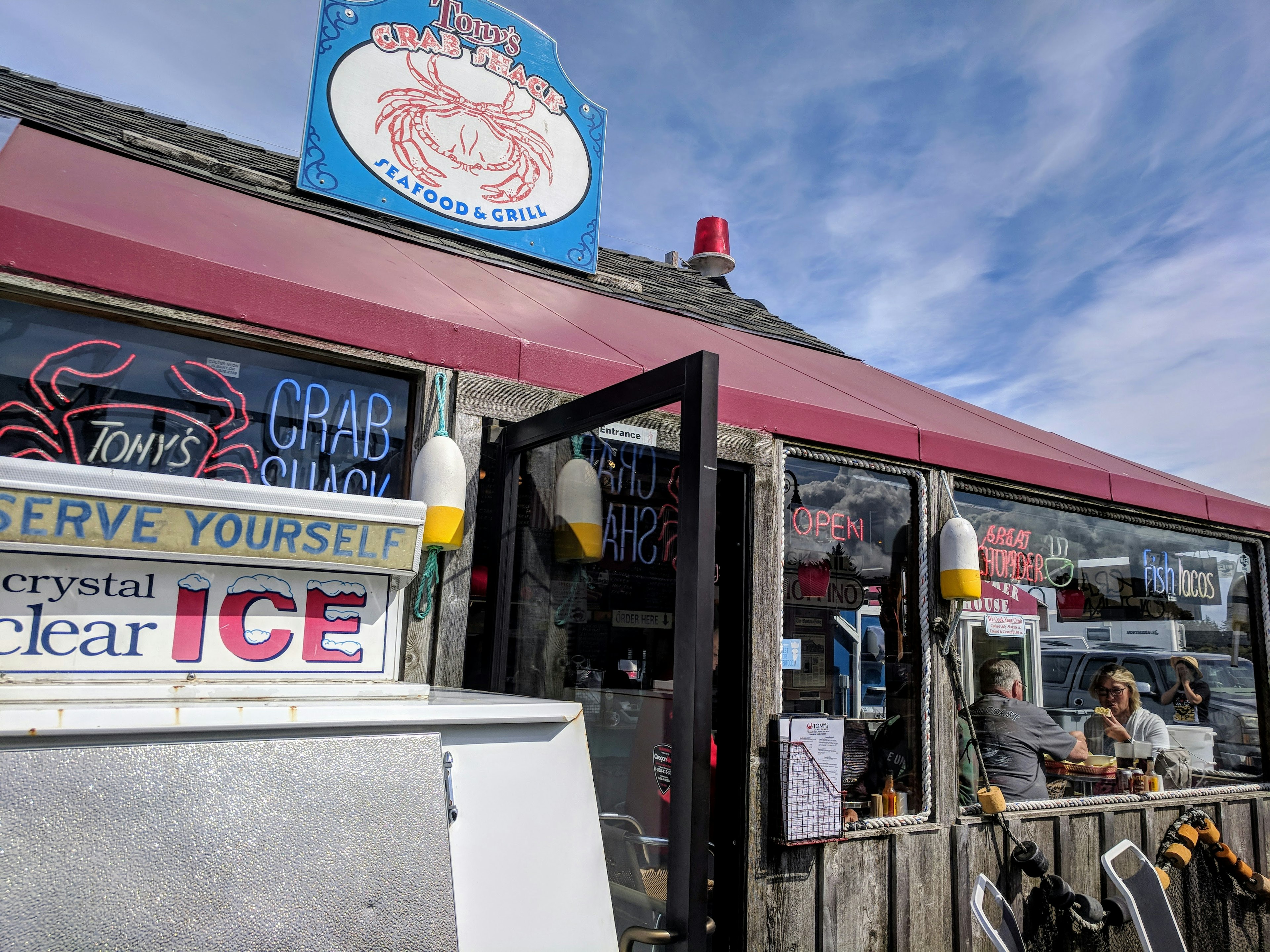From misty cloud forests and steamy rainforests to beautiful beaches and volcanic peaks, Costa Rica is dazzling in its diversity. This Central American hotspot is home to an astonishing array of wildlife, including sea turtles, macaws, sloths and four species of monkeys.
Accommodations are as varied as the landscapes, from tree houses and forest campsites to an airplane reimagined as an apartment, and the emphasis is on minimizing guests’ impact on Costa Rica’s fragile ecosystems.
Hiking, mountain biking, whitewater rafting and ziplining are just some of the adrenaline-inducing adventures on offer, or you can just slow down, reconnect with nature and embrace the pura vida lifestyle.
Whether your budget is big or small, here are some of the most unique places to stay in Costa Rica for a vacation that won’t cost the planet.

1. Wet and wild adventures at Pacuare Lodge
Who needs a 4WD when you can reach this out-of-the-way rainforest escape by white-water raft, navigating Class III and IV rapids along the world-famous Río Pacuare?
Built along the riverbank amid spectacular jungle scenery, Pacuare Lodge is the epitome of rustic luxury, with 20 sumptuous suites decorated with Indigenous artwork, a serene spa and a multi-level restaurant overlooking the river.
Located two and a half hours from San José, this family-run lodge focuses on sustainability, working closely with the indigenous Cabécar community on cultural and nature tours.
After braving the rapids to get here, adrenaline junkies can indulge in more high-octane adventures, from challenging hikes to ziplining and canyoning, and conservation fees help to fund numerous local projects.

2. Try regenerative living at Rancho Margot
Twenty years ago, a Chilean scientist bought 400 acres of former cattle ranch land near Lake Arenal and began to restore the decimated landscape with endemic flora and fauna.
Today, Rancho Margot is part off-the-grid ecolodge, part self-sufficient organic farm and part living laboratory, where the owners grow crops, produce electricity and build furniture using timber harvested from reforestation projects.
Guests can sleep in the bunkhouse or a spacious bungalow, spending days exploring the sprawling ranch, hiking the trails around the Arenal Volcano, kayaking on the lake, horseback riding, mountain biking and rappeling down waterfalls. Afterward, ease weary muscles in spring-fed rock pools before a fabulous farm-to-table feast.
3. A room with a caffeine fix at Finca Rosa Blanca
Wake up and smell the coffee at Finca Rosa Blanca, a carbon-neutral organic coffee farm and art-filled boutique hotel. Inside, 14 one-of-a-kind suites and villas pop with color, courtesy of local artists.
The property is surrounded by gorgeous tropical gardens where everything is supersized, from jumbo Swiss cheese plants to giant blue morpho butterflies.
Finca Rosa Blanca is set in the lush Central Valley, close to historic Heredia and San José, and guests can discover how the coffee beans are plucked, dried and roasted before a tasting session. Alongside adventure tours, visits to local artisans and cacao farms are also on the menu.

4. A canopy getaway at Topo’s Tree House
Instead of cutting down trees to construct his ecolodge, Slavko “Topo” Topolovsek built around them.
The result is a multi-level, two-bedroom tree house snuggled in the outstretched branches of a rubber tree, with massive aerial roots incorporated into the design. It’s the perfect height for spying on monkeys, sloths and toucans.
The treehouse is a pebble’s throw from the black sand beach of Playa Negra in Cahuita, a village settled by West Indian immigrants on Costa Rica’s Caribbean coast.
Check out the beachfront Reggae Bar for live music and typical Caribbean fare, such as coconut chicken or grilled red snapper. Don’t miss a guided snorkeling tour over the coral reefs of nearby Cahuita National Park.
5. A picture-perfect stay at La Caravana
The retro-chic Airstream trailers that make up the accommodation at La Caravana are as Instagrammable as the stellar sunsets that can be seen from the doorstep, framed by the palm-fringed golden sweep of Playa Carillo.
Choose from a cleverly remodeled and beautifully furnished Overlander, Argosy or Avion Imperial caravan for your stay near one of Costa Rica’s best beaches.
All come with air-conditioning and fully-equipped kitchenettes, workspaces for digital nomads and private gardens for eating and lounging, and there are local restaurants within strolling distance.
Playa Carillo is a place to slow down and indulge in life’s simple pleasures, connecting with the local community, and your helpful hosts can arrange everything from surfing lessons to boat tours and horseback rides.

6. Fly high at 727 Fuselage Home
With its red nose jutting out of the rainforest, this vintage Boeing 727 jet is arguably Costa Rica’s quirkiest place to sleep.
Rescued from San José airport and turned into a one-of-a-kind, two-bedroom apartment, this former passenger plane is surprisingly spacious, and lined with hand-carved Indonesian teak, with a bathroom in the cockpit. The engines are gone, but staying here still feels like flying across the treetops.
The plane sits in the expansive grounds of the Hotel Costa Verde, surrounded by tropical foliage.
You’re just a short walk from Playa Espadilla, bordering the hugely popular Manual Antonio National Park – don’t be surprised if you see squirrel monkeys scampering across the fuselage! Continue the plane theme at El Avion, a C-123 Fairchild cargo plane reinvented as a bar and restaurant in Manuel Antonio.
7. Jungle Camping at La Leona Ecolodge
On the fringes of the wild and wonderful Corcovado National Park on the isolated Osa Peninsula, La Leona Ecolodge is a family-owned glamping site set in a private reserve. Simple, safari-style tents sit on wooden decks, offering views over a deserted beach or a tangle of rainforest.
Hike along jungle trails – the park is home to Costa Rica’s four native species of monkeys and magnificent macaws that know no boundaries – or just lounge in a hammock and wait for the wildlife to come to you.
Then shower under the sun or stars, dine at the al fresco restaurant and be lulled to sleep by the sound of Pacific rollers.

8. Cuddle up in the cloud forest at Chira Glamping Monteverde
Get close to the wildlife-rich cloud forests around Monteverde at Chira Glamping. No sleeping bags are needed here; round pods come with marshmallow-soft beds, air-conditioning, Wi-Fi and minibars, and there are outdoor showers and hot tubs.
Monteverde’s mist-wreathed reserve is home to evocatively named hummingbirds, sloths, howler monkeys and more. Hike through primary, secondary and open forest then splurge at San Lucas, a treetop restaurant with tables set in glass cubes perched high on a mountainside.
The surprise nine-course tasting menu of contemporary Costa Rican cuisine will take you on a tour around the country, with thrilling views and a forest noises soundtrack.
9. Stargaze from your bed at Green Moon Lodge
A dome house with a difference, Green Moon Lodge was a labor of love. Designed by its owner, Katrin Heintschel, this emerald-green lodge was constructed using a mix of concrete blocks and dishwasher detergent.
With a little help from her artist friends, Katrin then decorated the lodge with plant and marine motifs, adding ornate welded iron doors and windows.
This private rental sits in the hills of Montezuma on the chilled-out Nicoya Peninsula, one of the five world Blue Zones associated with long life, and one of the best places to visit in Costa Rica.
Head to the coast for surfing, sunning and spying on nesting sea turtles. When not spotting monkeys and butterflies in the tropical garden, you can open the roof and stargaze from your bed.






